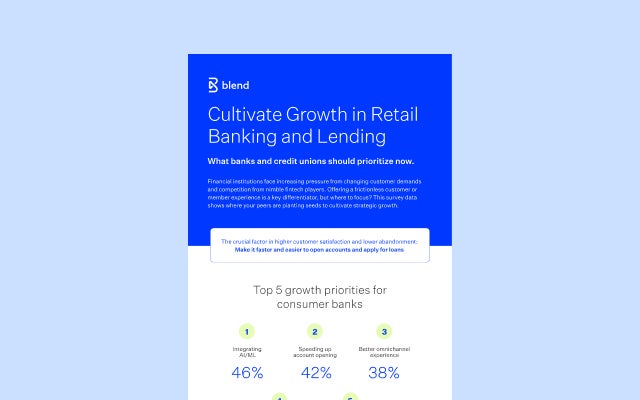June 15, 2022 in Mortgage Suite
The imperative of digital closing in a rapidly changing market
Now is the perfect time to prepare for unpredictability.

If the past two years have shown us anything, it’s that financial services firms’ future success hinges on their ability to pivot and adapt to the market changes that will inevitably arise. As challenging as today’s market is, investing in innovation now can positively impact the future — regardless of market conditions. A great place to start is the often-overlooked mortgage closing process.
Meeting consumer needs of today and tomorrow
Digital closing is no longer a nice-to-have additional offering — it has quickly become an industry standard.
But consumers aren’t just attracted to the ability to close online. They also want to work with lenders who can provide a single, streamlined experience from application to close. The financial institutions that can make that happen, such as online, end-to-end lenders who adopt a sustainable platform approach, are quickly capturing market share. It makes sense.
Imagine—insights when you need them, where you need them.
Subscribe for industry trends, product updates, and much more.
Millennials currently make up 43% of homebuyers. The Millennial segment has grown accustomed to the intuitive and end-to-end experiences that other industries — such as retailers and streaming services — have been able to provide.
Can you imagine being able to browse for and buy a product online, but then having to go to a store or navigate a complex network of third-party services to complete the purchase? It seems ridiculous, but that is exactly the kind of closing experience many borrowers are facing during the homebuying process.
Blend Signing Room, a feature of our Blend Close offering, is the solution for delivering flexibility, choice, and consistency to consumers. Because it is fully integrated into the Blend borrower app, the streamlined remote online notarization (RON) platform lets Blend Close customers participate in completely digital closings, and they can use the same Blend login credentials to activate the signing ceremony. It’s a truly unified and consistent experience from end to end, and additional features like tamperproof e-signatures and audit trails offer even more security.
Meeting business needs in any market conditions
Even in the best of market conditions, many financial institutions can be vulnerable to customer movement. But in an increasingly competitive market, factors like convenience and ease of use are largely dependent on the technology that enables them, and improving operational efficiency to transform the customer experience is non-negotiable.
Many of the most common challenges impacting customer experiences during closing — processing times, inaccuracies, and closing delays — are actually errors of process: manual errors and disjointed interactions between lenders, borrowers, and settlement agents.
Blend’s Settlement Agent Workspace addresses these common issues through improved document management, seamless communication between other parties, and a single, dedicated space for settlement agents to access all Blend Close lender loans. Settlement agents are even notified via email once a closing has been assigned, and with just a single set of login credentials for all lenders using Blend, accessing information is even easier.
Not every loan qualifies for RON, but figuring out a customer’s eligibility on a per-loan basis has traditionally been another time-consuming process. Between differing state, county, and even underwriter requirements, navigating all of the provisions and shifting developments often adds another layer of complexity. Blend’s RON Eligibility Engine feature immediately flags applications so that financial services teams can see key RON-eligibility information at a glance for each loan.
Closing is the final opportunity to leave a good impression with borrowers — and digital closings streamline that last step to get customers over the finish line and into their new homes. With quick deployments leading to shortened time-to-value, proven resources, and dedicated support, working with a trusted technology partner can help secure a financial institution’s place at the forefront of innovation and success.
Timing is everything
Over the past two years, many financial institutions had to accelerate their digital transformations in order to meet rising consumer expectations for end-to-end digital services.
And if that wasn’t enough, many financial services teams were tasked with keeping pace during the unprecedented wave of mortgage originations, which necessitated focusing on their short-term needs.
The upside of a downturn market is that it can be a catalyst for strategic thinking and an opportunity to invest in innovation. Instead of scrambling to solve individual problems as they arise, financial institutions can focus on building a sustainable platform approach that supports broad functionality and continuous iteration. Through a pandemic, to macroeconomic headwinds, to whatever tomorrow’s challenges may be, the platform-capability approach has proven — and will continue to prove — its value in ensuring that a financial institution remains continuously responsive to changing market conditions.
We can’t predict the future, but we can prepare for unpredictability.

Ready to make the most of this opportunity for innovative investment?
Find out what we're up to!
Subscribe to get Blend news, customer stories, events, and industry insights.


